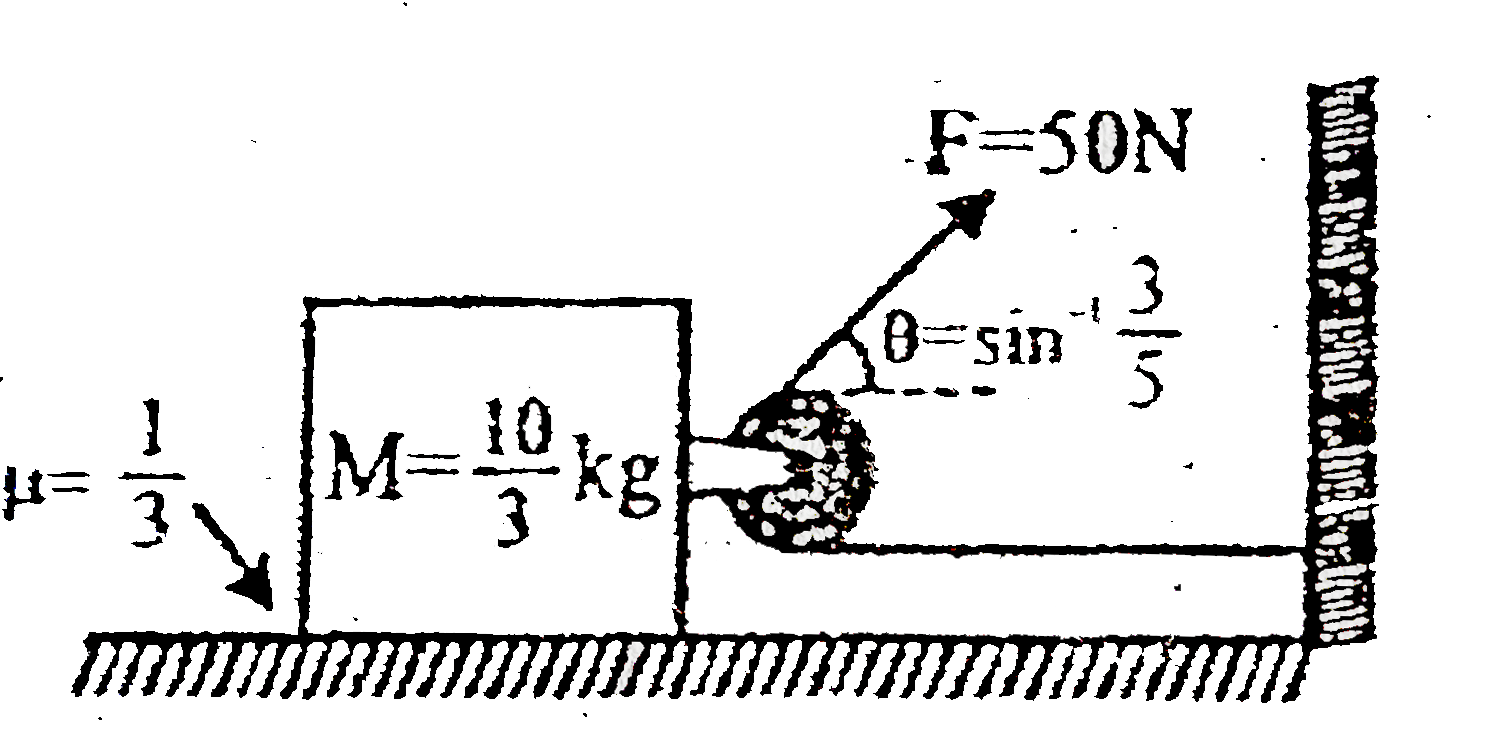A person in an elevator accelerating upwards with an acceleration of 2ms−2 , tosses a coin vertically upwards with a speed of 20ms−1 . After how much time will the coin fall back into his hand ? (g = 10 ms−2)
To solve the problem of how long it will take for the coin to fall back into the person's hand in an accelerating elevator, we can follow these steps:
Step 1: Understand the scenario
The elevator is accelerating upwards with an acceleration of 2m/s2. The person tosses the coin vertically upwards with an initial speed of 20m/s. We need to find the time it takes for the coin to return to the person's hand.
Step 2: Determine the effective acceleration
Since the elevator is accelerating upwards, we need to consider the effective acceleration acting on the coin. The acceleration due to gravity g is 10m/s2 (acting downwards), and the elevator's acceleration is 2m/s2 (acting upwards). Therefore, the net acceleration a acting on the coin is:
a=g+acceleration of elevator=10m/s2+2m/s2=12m/s2
Step 3: Set up the equation of motion
In the frame of reference of the elevator (which is a non-inertial frame), the displacement of the coin when it returns to the person's hand is zero. We can use the equation of motion:
s=ut+12at2
where:
- s is the displacement (which is 0 in this case),
- u is the initial velocity (20m/s),
- a is the effective acceleration (−12m/s2, since it acts downwards),
- t is the time.
Step 4: Substitute values into the equation
Since s=0, we can write:
0=20t−12⋅12t2
This simplifies to:
0=20t−6t2
Step 5: Factor the equation
Factoring out t:
t(20−6t)=0
This gives us two solutions:
1. t=0 (the time at which the coin is tossed)
2. 20−6t=0 which leads to t=206=103s
Step 6: Conclusion
The time it takes for the coin to fall back into the person's hand is:
t=103s≈3.33s
The elevator is accelerating upwards with an acceleration of 2m/s2. The person tosses the coin vertically upwards with an initial speed of 20m/s. We need to find the time it takes for the coin to return to the person's hand.
Since the elevator is accelerating upwards, we need to consider the effective acceleration acting on the coin. The acceleration due to gravity g is 10m/s2 (acting downwards), and the elevator's acceleration is 2m/s2 (acting upwards). Therefore, the net acceleration a acting on the coin is:
a=g+acceleration of elevator=10m/s2+2m/s2=12m/s2
In the frame of reference of the elevator (which is a non-inertial frame), the displacement of the coin when it returns to the person's hand is zero. We can use the equation of motion:
s=ut+12at2
where:
- s is the displacement (which is 0 in this case),
- u is the initial velocity (20m/s),
- a is the effective acceleration (−12m/s2, since it acts downwards),
- t is the time.
Since s=0, we can write:
0=20t−12⋅12t2
This simplifies to:
0=20t−6t2
Factoring out t:
t(20−6t)=0
This gives us two solutions:
1. t=0 (the time at which the coin is tossed)
2. 20−6t=0 which leads to t=206=103s
The time it takes for the coin to fall back into the person's hand is:
t=103s≈3.33s
Topper's Solved these Questions
- LAWS OF MOTIONBook:NCERT EXEMPLAR ENGLISHChapter:LAWS OF MOTIONExercise:Long answer Type Questions
Explore 9 Videos
- LAWS OF MOTIONBook:NCERT EXEMPLAR ENGLISHChapter:LAWS OF MOTIONExercise:Very short answer type Questions
Explore 12 Videos
- KINETIC THEORYBook:NCERT EXEMPLAR ENGLISHChapter:KINETIC THEORYExercise:Multiple Choice Questions (MCQs)
Explore 31 Videos
- MECHANICAL PROPERTIES OF FLUIDSBook:NCERT EXEMPLAR ENGLISHChapter:MECHANICAL PROPERTIES OF FLUIDSExercise:Long Answer Type Questions
Explore 3 Videos
Similar Questions
A pebble is thrown vertically upwards with a speed of 20 m s−1. How high will it be after 2 s? (Take g = 10 m s−2)
View SolutionFrom a lift moving upwards with a uniform acceleration a = 2ms–2, a man throws a ball vertically upwards. with a velocity v = 12ms−1 releative to lift the ball comes back to the man after a time t find. t
View SolutionIn a given figure the acceleration of M is (g=10ms−2)

View SolutionA scooter starts from rest have an acceleration of 1ms−2 while a car 150 m behind it starts from rest with an acceleration of 2ms−2. After how much time the car catches up with the scooter ?
View SolutionA body is projected at an angle of 30∘ with the horizontal and with a speed of 30ms−1. What is the angle with the horizontal after 1.5s ? (g=10ms−2).
View SolutionA ball is thrown vertically upwards from the ground with a speed of 25.2ms−1. How long does it take to reach its highest point and how high does it rise ? (Take g=9.8ms−2)
View SolutionAn object Is vertically projected with an initial velocity of 20ms−1.Calculate the distance travelled by the object in 3 seconds.(g=10ms−2)
View SolutionAn elevator weighing 6000 kg is pulled upward by a cable with an acceleration of 5ms−2 . Taking g to be 10ms−2 , then the tension in the cable is
View SolutionA person in lift which ascents up with acceleration 10ms−2 drops a stone from a height 10 m. The time of decent is [g=10ms−2]
View SolutionA man of mass 60 kg climbed down using an elevator . The elevator had an acceleration of 4ms−2 . If the acceleration due to gravity is 10ms−2 , the man's apparent weight on his way down is
View Solution
